Tool Care
It is essential to have good tools, but it is also essential that the tools should be used in the right way.
Wallace D. Wattles
It sure has been chilly here in the PNW with the extra cold temps and snow there isn’t much to be done in the garden. But wait, there is something you can do to get ready for your next garden adventure…tool maintenance. This is the perfect time to get out to the garage or barn and give your tools the care they deserve.
Ideally you are caring for your tools on a regular basis, cleaning them after each use and storing them properly. But what does that all mean. Lets start with the basics
Each time you use your pruners, loppers and shears a quick go over with a brush and soapy water to remove dirt will keep them clean. If you have been working with diseased plants, you can use rubbing alcohol (isopropyl alcohol 70% concentration) to kill bacteria, fungi, and viruses. You can apply the alcohol after you’ve done your preliminary cleaning. Wiping, dipping or spraying works well.
Larger tools like shovels, rakes and hoes need to be cleaned after each use by removing the dirt they collect. Once they are cleaned off dip them in a solution of 1 part bleach to 9 parts water* to clean off any pathogens.
*Bleach is often recommended for cleaning tools but is not recommended for smaller tools you wish to keep a sharp edge. Bleach corrodes metal and will cause pits and nicks in the metal.
Once you have cleaned, disinfected, and dried your tools let’s talk about additional care you can give them
Boiled linseed oil can be used to condition the wood and protect metal working part of tools. Apply liberally over the entire tool and allow to sit for 15 minutes. Wipe off excess with a dry cloth.
Preventing and removing rust will keep your tools in top working order. Using undiluted white vinegar, soak the rusty tool for 30 min. Vinegar will react with the rust and dissolve. You will likely need to apply a little elbow grease and steel wool to help with the process. Once you have them clean, rinse in soapy water and dry thoroughly. Apply a thin layer of linseed or mineral oil.
Keeping your tools sharp will make any tasks at hand much easier and keep your pruning cuts clean. With small tools like pruners and loppers, use a specialized pruner sharpening tool or sharpening stone. Use the tool as directed to keep the tools original bevel and sharp edge. With larger tools like shovels and hoes use a large file to keep the edge sharp.
For the ambitious, using a handheld grinder to sharpen your shovels, spades and hoes will make quick work of the process.
As I said earlier, in an ideal garden world we would be keeping up with these tasks on a regular basis. If you are just too anxious to get out in the garden and the tools just don’t get tended to like we all wish they were, at the very least store your tools out of the weather, keep your pruning tools disinfected as not to transfer disease and do an annual overhaul in the winter to start you off right for spring.



